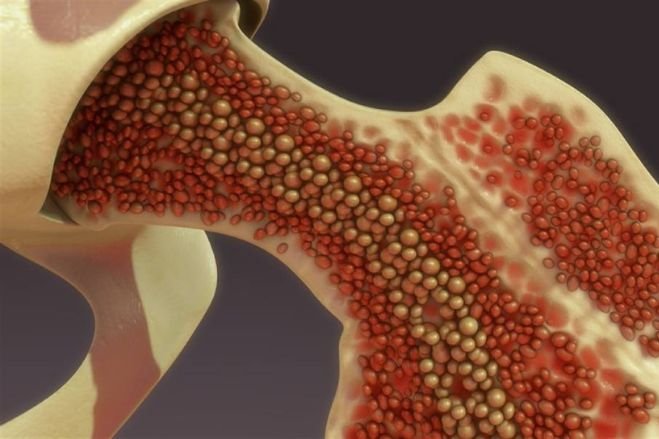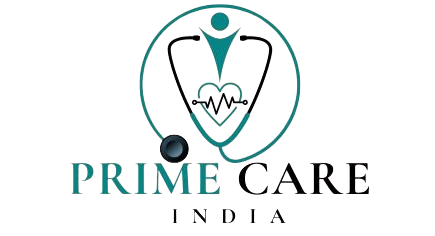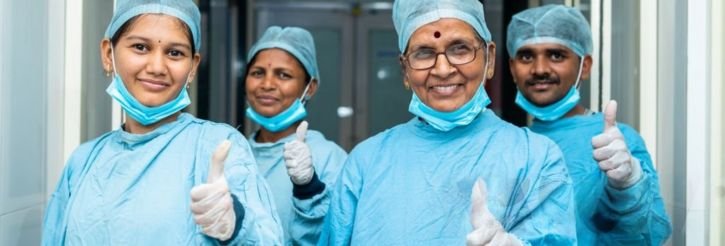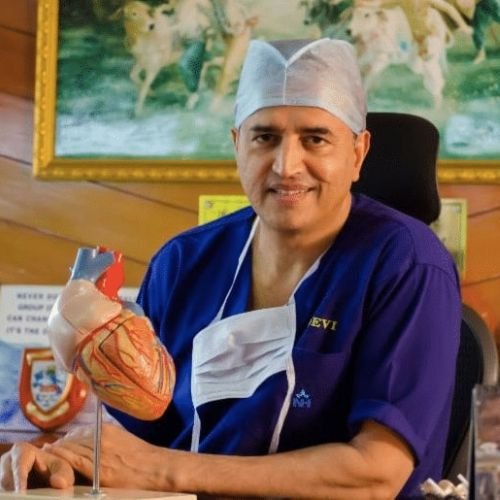Bone marrow transplant (BMT) is a specialized medical procedure used to treat various conditions involving the bone marrow, such as leukemia, lymphoma, and certain genetic disorders. A bone marrow transplant involves replacing damaged or diseased bone marrow with healthy stem cells. These stem cells can come from the patient themselves (autologous transplant) or from a compatible donor (allogeneic transplant). The transplant aims to restore the patient’s ability to produce normal blood cells and immune system components.
Autologous Transplant Involves using the patient's own stem cells, collected prior to high-dose chemotherapy or radiation treatment. Allogeneic Transplant Uses stem cells from a donor whose tissue type closely matches the patient's, obtained from bone marrow, peripheral blood, or umbilical cord blood.
Before the transplant, the patient undergoes conditioning therapy, which involves high-dose chemotherapy and/or radiation to destroy diseased cells and prepare the bone marrow for transplantation. The transplant itself is performed intravenously, similar to a blood transfusion.
After the transplant, patients are closely monitored in a specialized transplant unit to manage potential complications, such as infections and graft-versus-host disease (GVHD) in allogeneic transplants. Recovery typically involves a period of immune system rebuilding, with frequent follow-up visits to monitor progress and provide supportive care. Bone marrow transplant offers hope for patients with conditions that affect the bone marrow and blood cells, providing a potential cure or long-term disease management through careful medical oversight and ongoing support.


Bone Marrow Transplant Solution
A bone marrow transplant (BMT) is a procedure used to replace damaged or diseased bone marrow with healthy stem cells. It is commonly employed to treat conditions such as leukemia, lymphoma, and certain genetic disorders where the bone marrow cannot produce normal blood cells effectively. During a BMT, the patient undergoes intensive chemotherapy or radiation to destroy diseased marrow and suppress the immune system. Healthy stem cells, either from the patient (autologous transplant) or a donor (allogeneic transplant), are then infused into the bloodstream to rebuild the marrow and immune system. Post-transplant, patients require meticulous monitoring in a specialized unit to manage potential complications like infections and graft-versus-host disease (GVHD). Recovery involves rebuilding the immune system and typically requires long-term follow-up to assess progress and provide supportive care. BMT offers a potential cure or long-term disease management, depending on the underlying condition and response to treatment.









